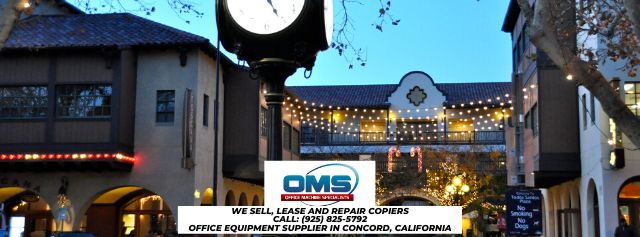Office Machine Services and Sales Solutions
About The Park
In the early 1970s, the East Bay Regional Park District began to acquire land for regional preserve Black Diamond Mines. Today, the bulk of the mining district is within almost 8,533 acres of the Preserve. The area is a perfect place to go hiking, picnicking, and researching nature. Naturalists run a number of programs that connect the natural and historical resources of the Preserve.
History
Indians
Native Americans lived for thousands of years in the greater Bay Area. Black Diamond was located between three tribes in the backcountry: Chupcan (Concord), Volvon (Clayton), and Ompin (Pittsburg). The Bay Miwok language was spoken by every three nations. The Bay Miwok way of life changed rapidly after 1772, with the arrival of Spanish, Mexican, and American settlers.
Ranching
Until coal was discovered, cattle ranching was the main sector in this region. Some miners also found a new life in ranching since the mines closed. Abandoned mining town buildings have become barns, railroad links have been used as fence posts, and boilers have been converted into water pits. Initial descendants of mining families still graze cattle in the Preserve.
Coal Mining
Five coal mining towns thrived in the Black Diamond region from the 1860s through the turn of the last century: Nortonville, Somersville, Stewartville, West Hartley, and Hudsonville. Being the site of the largest coal mining activity in California, nearly four million tons of coal (“black diamonds”) have been extracted from the world. The inhabitants of the mining towns came from all over the world, and hard work and long hours defined their life. Occasional gatherings as well as a number of associations and social events helped to relieve the everyday drudgery.
The coal mines had a considerable impact on the economy in California. By the time operations ceased due to increasing cost of production and the utilization of new energy sources, most of California ‘s economy had been transformed from a rural to an urban base.
Sand Mining
Underground mining for sand began in the 1920s near the abandoned townsites of Nortonville and Somersville. The Somersville mine supplied the Hazel-Atlas Glass Company in Oakland with sand used in glass production, while the Nortonville mine supplied foundry (casting) sand for the Columbia Steel Works. Belgian glass competition and the closure of a steel foundry ended sand mining by 1949. More than 1.8 million tons of sand were extracted altogether.
By Geraoma – Own work, Public Domain, https://commons.wikimedia.org/w/index.php?curid=8782801
This amazing landmark in Pittsburg, California is located near some other must-see places of interest:
- Small World Park
- Buchanan Park
- Pittsburg Historical Society
- Port Chicago Naval Magazine National Memorial
- Dow Wetlands Preserve
- Highlands Ranch Park
- Central Park
- Stoneman Trailhead
All of these wonderful landmarks are located just a short distance from our location at 1091 Shary Circle in Concord, California! Stop by for a visit anytime!
